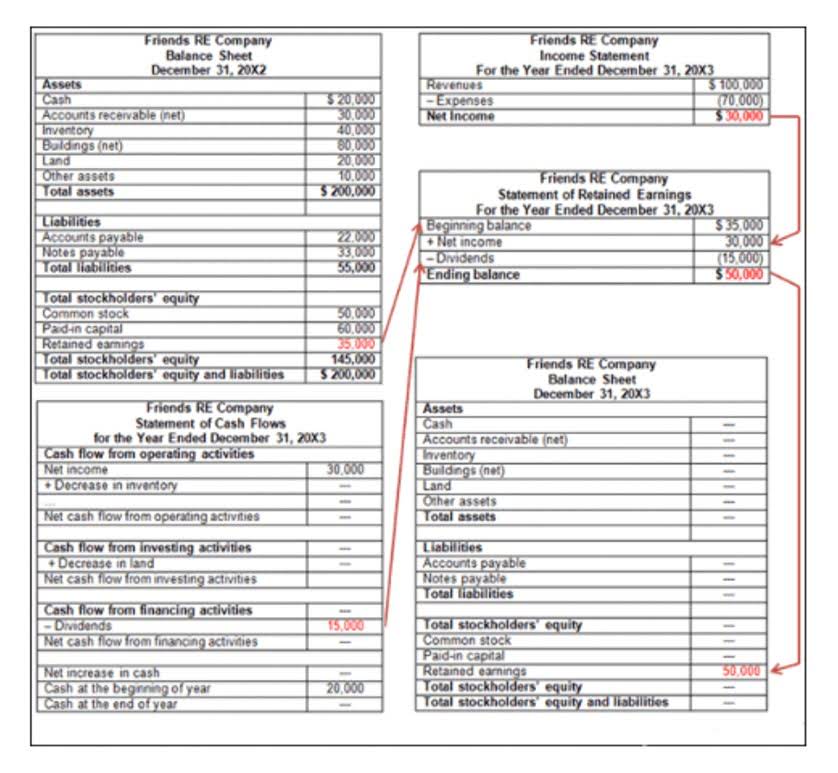
Upon calculating the total assets and liabilities, shareholders’ equity can be determined. Return on Equity (ROE) is the measure of a company’s annual return (net income) divided by the value of its total shareholders’ equity, expressed as a percentage (e.g., 12%). Alternatively, ROE can also be derived by dividing the firm’s dividend https://www.bookstime.com/ growth rate by its earnings retention rate (1 – dividend payout ratio). In finance, equity is the market value of the assets owned by shareholders after all debts have been paid off. In accounting, equity refers to the book value of stockholders’ equity on the balance sheet, which is equal to assets minus liabilities.
- The model does not account for investment risk to the extent that CAPM does (since CAPM requires beta).
- Equity always appears near the bottom of a company’s balance sheet, after assets and liabilities.
- The cost of equity represents the cost to raise capital from equity investors, and since FCFE is the cash available to equity investors, it is the appropriate rate to discount FCFE by.
- The total equity of a business is derived by subtracting its liabilities from its assets.
- Consequently, the investor community, in general, considers a company to be risky and perilous if it has a negative equity value.
- He’s been a writer and editor in the financial field for more than two decades, including for such media organizations as The Kiplinger Washington Editors, U.S. News & World Report, Bankrate and Dow Jones.
The most common use of equity value is to calculate the Price Earnings Ratio. While this multiple is the most well known to the general public, it is not the favorite of bankers. The reason for this is that the P/E ratio is not capital structure neutral and is affected by non-cash and non-recurring charges, and different tax rates. However, total equity formula there are certain industries where the P/E ratio and equity value are more meaningful than enterprise value and its multiples. These industries include banks, financial institutions, and insurance firms. Scan the “Liabilities and Equity” section of a company’s balance sheet to determine the shareholders’ equity amount for one period.
Firm of the Future
These two calculations are functions of each other and can be used to make an easier comparison between similar companies. A good rule of thumb is to target an ROE that is equal to or just above the average for the company’s sector—those in the same business. For example, assume a company, TechCo, has maintained a steady ROE of 18% over the past few years compared to the average of its peers, which was 15%. An investor could conclude that TechCo’s management is above average at using the company’s assets to create profits.
United Internet’s (ETR:UTDI) Returns On Capital Are Heading Higher – Yahoo Finance
United Internet’s (ETR:UTDI) Returns On Capital Are Heading Higher.
Posted: Tue, 28 Nov 2023 08:01:38 GMT [source]
If a company’s D/E ratio significantly exceeds those of others in its industry, then its stock could be more risky. While the shareholders are partial owners of the company on paper, management has no obligation to issue them dividends, so share price appreciation can often be the only source of income. If debt begins to comprise a greater proportion of the capital structure, the weighted average cost of capital (WACC) initially declines due to the tax-deductibility of interest (i.e. the “interest tax shield”). Debt financing is generally perceived as a “cheaper” source of financing than equity, which can be attributed to taxes, among other factors.
Equity Ratio
It’s a simple formula that can give you a nice bird’s eye view of the financial state of your company, and something you can easily calculate as you contemplate both investments and debt. Although this is an important ratio for investors or business lenders, it’s also important that you know your equity ratio—and understand what it means relative to your business. For instance, you may look at your balance sheet, but are you comfortable with the story it tells with how leveraged you are? Highly leveraged companies may be viewed as very risky candidates for business loans, or even risky candidates for investments, since they may not be able to pay the debt on their balance sheet.
So if you plan to move before five years, it may not make sense to try and tap into your home equity because you may not have established enough yet. Home values also tend to rise over time, so if you don’t stay for at least five years you can’t take advantage of the appreciation of the value of your home, which naturally gives you more equity in your property. Making a large down payment is one of the easiest and fastest ways to build up equity in your home. The more you put down when you purchase the home, the more equity you have from the beginning. Plus, if you make a down payment of 20% or more, you can eliminate the requirement for private mortgage insurance, or PMI, which can add hundreds of dollars to your monthly mortgage payment.
Positive vs. negative shareholders’ equity
Unlike dividends, interest payments are tax-deductible, creating a so-called “interest tax shield” as a company’s taxable income (and the amount of taxes due) is lowered. The cost of equity can be calculated by using the CAPM (Capital Asset Pricing Model) or Dividend Capitalization Model (for companies that pay out dividends). The term “equity” refers to the residual business value remaining after its promoters have paid all the liabilities.
